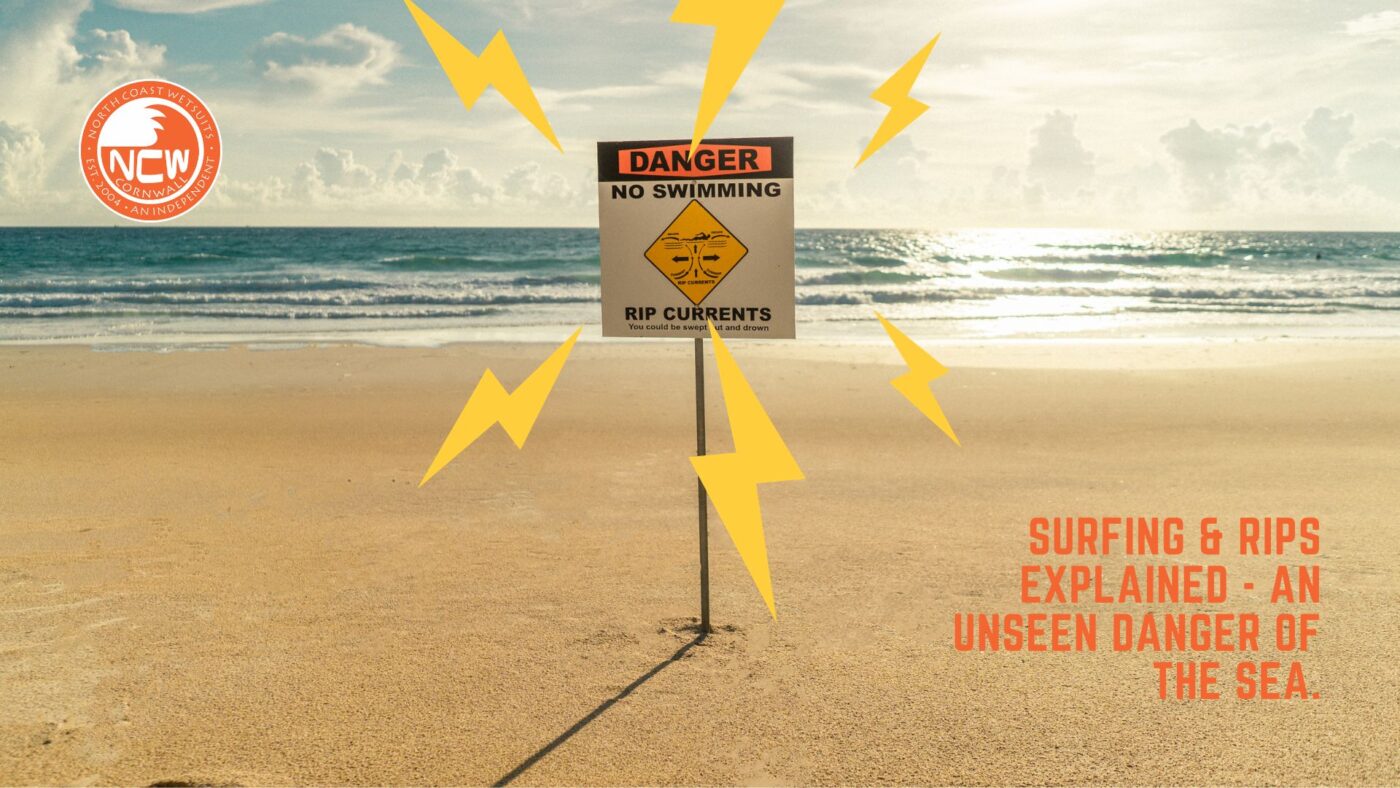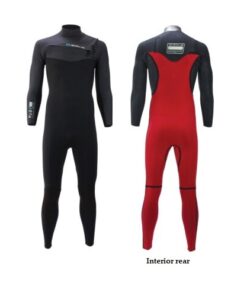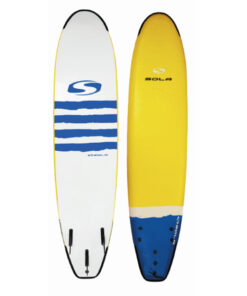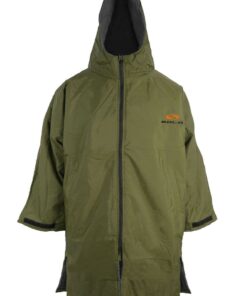Surfing is a fun activity that’s mostly perceived as safe. But when you’re at the coast, on the beach or in the water, there’s often way more going on than you’d think. The untrained eye mightn’t be able to spot these potential surfing hazards. So understanding some of the phenomena we get in the ocean is key to staying safe.
Surfing and waves = currents.
The most obvious coastal phenomenon is waves. Or surf if you’d rather. These can be viewed with feet planted firmly on the sand. For a good many, waves offer fun and frolics and a ‘thing’ to be played with. But surf and surfing can also be dangerous.
Wind is another example of what you tend to get at the coast. Whilst not able to be seen, per se, it’s still pretty obvious if the wind’s blowing. We do get glassy windless spells in the UK but it’s not as frequent as gusts puffing across beaches. The less obvious is how wind can interact with things like tide and waves can cause problems to the uneducated.
Rips explained.
One of the less obvious occurrences at the coast is rips. If you’ve never seen one or experienced a rip in the flesh they’re pretty hard to spot. Most high season sea going types are unaware of rips and what they appear like. Going about their shenanigans in blissful ignorance is why rips cause one of the biggest problems at UK beaches every summer.
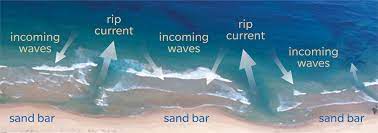
Rips are essentially strong water currents that flow back out to sea. They can carry debris and people away from shore extremely quickly. As waves surge into shore this dissipated energy needs a route back out to deeper water. The flow finds a path of least resistance which is usually some form of a channel in between breaking waves. Surf breaks in the shallower areas with rip channels often splitting the main peak. Rips can often be seen as waves don’t tend to break in these deeper channels – although this isn’t always the case.
Experienced surfers and rips.
Experienced surfers may use rips as an express ferry ride to get out back beyond where the waves are breaking. Less experienced water users, however, can get stuck in rips and often try and fight their way against the flow. This is the worst thing as you’ll never win against Mother Nature and it’ll zap your strength quickly.

Instead, anyone caught in a rip should either float with in a starfish shape and wait for assistance. Hopefully, you will have been spotted. At some point, the rip will disperse – usually once in deeper water. Alternatively swimming across the rip towards the breaking surf will see less fatigue set in. If you navigated right you can then use those waves to push you back towards the beach. But we appreciate this is tricky if you’re not used to being in situations like these.
Rips explained video.
The following video from the University of Plymouth explains rips in a visually detailed manner so can further understand.
For more info on rips check out the RNLI guide here.
And don’t forget to take a look at NCW’s blog where you’ll find even more posts like this.

